Introduction
If you have played a few games on the ladder this month you’d have noticed that everyone and their dogs are playing Druid. If you’re wondering why, and want to jump on the Druid bandwagon, I’m here to help. My name is ‘humans’ and I played my Double Combo Ramp Druid to top 500 Legend in February. With my help you can play Combo Ramp Druid too!
What Makes Druid So Strong?
Ramping
The term ‘ramp’ actually refers to an early Magic: The Gathering card called Rampant Growth that works effectively the same as Wild-Growth. Innervate and Wild-Growth are the core cards of what makes Druid strong. These two ‘ramp’ cards are almost always mulliganed for and you will often keep doubles. Druid tries to get an early lead with Innervate, or trades a weak turn two to make the rest of their turns stronger with Wild-Growth. It is important to note that Druid almost always wants to go first, as it is considered a ‘free’ Wild Growth.
Tech Cards
One of Druid’s strengths is less obvious to most players: Tech Cards. Tech cards are put in your deck to counter specific things. This list includes: Harrison-Jones (Weapon decks: Rogue, Warrior, Hunter, Paladin), Kezan-Mystic (Secret decks: Hunter, Mage), Big-Game-Hunter (control and midrange decks: pretty much everyone runs Dr-Boom), Mind-Control-Tech (Aggro and Minion spam decks: Mage, Shaman, Paladin, Warlock), Loatheb (Spell centric decks: pretty much everyone is playing crucial spells), Zombie-Chow (aggro and early game control: Mage, Shaman, Paladin), The-Black-Knight (Taunt decks: Warrior, Druid, Shaman, and most everyone).
Almost every single one of these tech card is currently strong in the meta. Most decks that wouldn’t usually run a single tech card are choosing at least one to sub into their deck to swing games in their favour. Druid isn’t like Hunter, Rogue or Zoo decks that rely heavily on their card synergies to get wins, so they usually have at least four and often six or more slots for tech cards! This gives Druids a huge advantage, often having at least one good tech card to swing the battle in their favour.
Versatility
What do Druid-of-the-Claw, Wrath, Keeper-of-the-Grove and Ancient-of-Lore all have in common? The ‘Choose One’ class mechanic. Hearthstone is a game with limited cards to play from your hand, where making the most optimal play relies heavily on having multiple options to choose from. Druid class cards effectively give you two options for the price of one. For example, Wrath is basically Shiv and darkbomb for minions, Keeper-of-the-Grove is basically SI7-Agent and Spellbreaker with altered stats. The best one of these though is undoubtedly Ancient-of-Lore. It’s a huge body that can be used for card advantage against control and for decent healing against aggro.
Combo
Finally, Druid has access to one of the strongest ‘combo’ finishers in the game right now – Force-of-Nature + Savage-Roar. This ‘combo’ costs 9 mana and does a whopping 14 base damage plus two damage for each creature on the board. Combined with Druid’s ability to ramp out big threats early and to control the board with optimal plays from ‘Choose One’ and tech cards, this ‘combo’ becomes the perfect finisher. Individually these cards also hold decent value as a board clear or finisher.
What Does the Deck Look Like?
Below you can see the core of the Druid deck:
That’s 17/30 cards. Next you add at least 4 and up to 6 of your choice of the tech cards, leaving you with 7-9 cards left. You can choose to add another Force-of-Nature if you want to improve your chances of drawing into the combo. Practically none of these choices can be substituted since they make up the core of a good Druid deck.
So what else do you need in the deck? Well, you need 3 drops, 4 drops, 5 drops and some 6+ drops.
3 Drops:
My favorite card for 3 mana is the Shade-of-Naxxramas since an early shade can grow to be huge enabling a 2 for 1 or massive face damage especially with Savage-Roar. I’ve seen Earthen-Ring-Farseer used in an aggro meta as it provides a good early body and some healing that can also be used on your big creatures. The strong yet unreliable Ogre-Brute is a good pick for the riskier players. The more traditional Harvest-Golem is a sticky minion for Savage-Roar that can sometimes trade 2 for 1 in the early game. Finally Spider-Tank is a solid early body that trades with other 2 or 3 drops and lives.
4 Drops:
I use Piloted-Shredder as it is a sticky minion with high damage played in most midrange decks. Traditionally Chillwind-Yeti was the Druid’s 4 drop of choice and many players choose to continue using it over the newer Piloted-Shredder. Mechanical-Yeti is a good Mech replacement to Chillwind-Yeti and the spare part is less likely a waste due to Druid’s ramp often leaving them with extra mana. For tokens you can’t look past Violet-Teacher who can quite often pump out 2-3 ‘free’ 1/1 minions. Finally Senjin-Shieldmasta provides a nice taunt that is useful against all the aggro decks currently on the ladder.
5 Drops:
If you haven’t picked up any anti-aggro cards yet I strongly suggest Sludge-Belcher here otherwise you risk being overrun. Azure-Drake helps your Swipe and Wrath do extra work and gives you some card draw for extra consistency. For anti-removal Spectral-Knight can be near impossible for your opponents to easily remove, often getting huge value. Finally Feugen and Stalagg make a nice pair as 4/7 stats are quite good and the 7/4 can bait out a Big-Game-Hunter away from your other threats.
6+ Drops:
If you haven’t realized yet, Dr-Boom is one of the strongest minions in Goblins vs Gnomes. The only reason not to run him is to avoid Big-Game-Hunter targets. Cenarius is slow coming in at NINE mana, but the 3 minions and double taunt can be a life saver. Alternatively, the +2/+2 can close out a game by giving you a mega-board. Sylvanas-Windrunner is pretty much a staple in every deck now, but she can be unreliable with a lot of good counters in the current meta. Cairne-Bloodhoof used to be considered one of the strongest cards, but has since fallen out of favour. Piloted-Sky-Golem is a very strong card, but beware the random factor and the low health for a 6 drop. Everyone’s favourite RNG card Ragnaros-the-firelord can be your best friend or your worst enemy, winning seemingly unwinnable games, or being effectively useless for many turns. Alexstrasza does well as both a defense against aggro decks by healing you up to 15, and a game winner against control putting them 1 damage out of combo range at 15. If you like to play with a more control based style Ysera is a huge body that will win you the game if unanswered. Kel’Thuzad requires specific board states to get good value, but can sometimes lock your opponent out of a win. If you love the piloted cards then Sneeds-Old-Shredder is the biggest there is. Unfortunately, he is just as likely to give you a lorewalker-cho as he is a malganis. Finally, the more traditional ramp Druids still run Ancient-of-War as a good hard counter to aggro decks, but beware of silence!
Notable Extras:
Power-of-The-Wild (for Violet Teacher) and Mechwarper (for a Mech heavy deck).
Make sure to complement your tech choices too, so if you are running Loatheb and Harrison-Jones, you probably only need one more 5 drop, if at all. Likewise, almost everyone is running Big-Game-Hunter in this meta, so I would suggest balancing your 7+ attack minion choices around that. For example if you choose to include Alexstrasza then Dr-Boom is definitely a top pick. Here’s Xixo’s Druid as an example of a good Combo Ramp Druid deck:
My Personal List
This is the list I spent the last month tailoring to my experience on the North American ladder. I played this list all the way from Rank 18 at the start of season to top 500 Legend. It took slightly over 300 games at an average 57% win rate. I can say that when the deck does well, it absolutely dominates often getting turn 5,6 or 7 kills. But unfortunately there would be many games where I simply didn’t have a play until at least turn 4 and sometimes even turn 5. I would not suggest playing this deck to anyone who is easily upset by bad draws, as you can often have a string of five or more unwinnable matches.
No Dr-Boom or any other 7+ attack minions. I got sick of seeing Big-Game-Hunter or even Mind-Control-Tech swing turns from my opponents. Almost everyone assumes you are running a 7+ attack minion, so will leave the Big-Game-Hunter in their hand for many turns.
A Mind-Control-Tech instead of a second Big-Game-Hunter. I don’t like double Big-Game-Hunter as it is super weak against aggro decks, but Mind-Control-Tech does work in a lot of matchups like Mech Mage and Paladin, as well as often being a decent counter to Dr-Boom.
The glorious Kezan-Mystic. I added one about halfway through the month and my Mage and Hunter match up win rates instantly soared. You only see her in about half your games, so against other classes she only slightly brings you down half the time as basically a worse shredder. Against secrets though she wins you the game about 80-90% of the time. Considering that Mage and Hunter make up over 35% of my matches, she definitely increased my overall win rate by about 3-5% which is a large margin when you are sitting at a 50-60% win rate.
Loatheb should be an auto-include in just about every deck right now. It does really well against everything from Face Hunter to Control Warrior, performing at its best against spell heavy decks like Rogue. Even if they weren’t planning on playing a spell that turn, it is still a decently costed minion for the 5/5 body.
Cairne-Bloodhoof and Sylvanas-Windrunner over double Piloted-Sky-Golem, Sneed’s-Old-Shredder or Cenarius etc. Honestly, I suspect double Piloted-Sky-Golem is actually stronger than Cairne-Bloodhoof and Sylvanas-Windrunner in most match-ups, but I’ve become so accustomed to using those two legendaries that it’s hard to make the switch. I also hate the random aspect that comes with Piloted cards so it’s nice to just KNOW what I’m getting more often than not. On Cenarius and other 7+ mana minions, I feel that a 6 mana cap on creatures (other than Ancient-of-Lore) really helps you stay in the game and have plays every turn. Many times I found myself saying, if this costed more mana I wouldn’t be able to play it the same turn as important things like Swipe/Big-Game-Hunter/Mind-Control-Tech/ Keeper-of-the-Grove/Kezan-Mystic etc.
Match-ups
General Mulligan: Wild-Growth, Innervate, Shade-of-Naxxramas, Piloted-Shredder if you have Innervate/Wild-Growth, Loatheb if you have the-coin/Piloted-Shredder AND Innervate/Wild-Growth.
Warrior
Mulligan: Ancient-of-Lore IF you have Wild-Growth AND Innervate, or double Innervate.
You are favored about 70% here. Ancient of Lore is a key card to victory. Getting two of them usually ensures an easy win, but getting none often means a loss. Don’t over extend into brawl, but once brawl has been played you can, and should, flood the board. Try to get value off The-black-Knight on sludge-belcher when it lines up, but don’t be afraid to drop it without its Battlecry if it pushes for the win. Be careful not to go all in to set up lethal, as Warrior has a lot of ways to recover their health. Almost never drop Big-Game-Hunter without its Battlecry unless you have seen things like Sneeds-Old-Shredder and KelThuzad indicating a no-Big-Game-Hunter-targets deck.
Warlock
Mulligan: Big-Game-Hunter and Keeper-of-the-Grove.
Handlock is favored about 70% Zoo is unfavored about 30%. Keeper-of-the-Grove does work against all Warlock’s so it’s a really nice pick up. Big-Game-Hunter is amazing against Giants, sometimes it’s best to save it for a taunted Giant rather than drop it at the first opportunity. Try to predict when it will hurt the Warlock the most to lose their Giant. Against Zoo you are really hoping to get a good draw. Most of my Zoo wins I was under FIVE health. All kinds of Warlocks like to go really low on health, so you can easily steal wins when they aren’t expecting it.
Shaman
Mulligan: Keeper-of-the-Grove, Wrath and Mind-Control-Tech.
Unfavored 30% against most Shamans. The Midrange Shaman is easier to beat than the Mech Shaman, but both will make your life horrible. Shamans do what Druid hates, fill the board with small minions and taunts, with huge burst potential. You often need a good Mind-Control-Tech to turn the tables, but Big-Game-Hunter and The-black-Knight can also give you the swing you need. You want to clear the Shaman’s minions as much as possible. If you can get, and keep board control, then you will most likely win. Beware of Hex on your Cairne-Bloodhoof and Sylvanas-Windrunner. Try to bait it out with a Druid-of-the-Claw or Piloted-Shredder.
Rogue
Mulligan: Wrath, Keeper-of-the-Grove if you have Piloted-Shredder AND either Wild-Growth,Innervate or the-coin.
Favored about 60% but highly dependent on each player’s draws. This match-up is almost always a huge smash on one side or the other. You have to really calculate the odds of your opponent having the right answers to your threats to decide what the best play is. For example, there is a high chance they have at least one sap as most Rogues mulligan for it against Druid. Almost always clear their board unless you are out of lethal range AND threatening lethal on them. Most of the time your tech cards are useless (The-black-Knight, Big-Game-Hunter and Kezan-mystic), so it’s often best to drop them at an opportune time when you know the Rogue will struggle to deal with the extra minion.
Priest
Mulligan: Wrath and Piloted-Shredder.
Favored about 60% highly dependant on Priest combos. If the Priest manages to get out their big threats early (injured-Blademaster and Dark-Cultist) while you don’t have a play for the first 4-5 turns then you are in trouble. Likewise if you lose your board to a strong Auchenai-soulpriest, Circle-of-healing combo it can be nearly impossible to recover. But if you manage to get out your threats early and the Priest doesn’t have an answer then it’s game. Most priests don’t run any silences, so Piloted-Shredders, Cairne-Bloodhoof and Sylvanas-Windrunner are almost always guaranteed value.
Paladin
Mulligan: Wrath.
Almost dead even, maybe 45% slightly unfavored. The key here is aggression. Paladin is the only class where you attack straight away with an innervated shade-of-naxxramas. Thier combo is technically slower and easier to deal with than yours, so if you get them low and get a sticky minion on the board they often lose right there. Most Paladins only run one silence so try to bait it out before dropping Cairne-Bloodhoof and Sylvanas-Windrunner. Equality is a pain, and consecrate ruins your board especially if it’s the turn after you drop a shade-of-naxxramas. I try to drop shade-of-naxxramas turn 1-3 otherwise I will only play one if my board is empty.
Mage
Mulligan: Kezan-Mystic and Wrath.
Unfavored against Mech Mage 30% but slightly favored 55% against most other Mages. Mech Mage is just the bane of your existence. If they get to drop their hand with an early mechwarper or two and you don’t get a good Mind-Control-Tech off, it can be game. Likewise if they manage to get both mad-scientists and/or mirror-entitys you are pretty screwed. Try to stabilize the board first, staying out of fireball range, then setting up for lethal ASAP. Other Mages like Freeze Mage often have trouble against your constant supply of midrange minions, and then sink when you drop a Kezan-Mystic on them.
Hunter
Mulligan: Kezan-Mystic, Keeper-of-the-Grove and Wrath.
Favored 60% against both Face and Midrange Hunters. I see a lot of Druids complaining about this matchup, but once you add a Kezan-Mystic and mulligan appropriately it can be pretty easy. The best way to win this is to think AT LEAST 2-3 turns ahead, guessing what they are going to play and how much damage they can do with cards like unleash-the-hounds and kill-command. Sometimes you can even face race a Hunter and win if you stay out of lethal range. Ancient-of-Lore is 90% of the time a heal here, even if you are at 25 health on turn 7, it is almost always better to heal with it since every point of health usually buys you extra turns for damage or cards.
Druid
Mulligan: Piloted-Shredder and Keeper-of-the-Grove if you have the-coin.
I have found my deck to be slightly favored 60% against other Druids. This is a game of the hunter and the hunted. Going first, getting wild-growth/innervate, having big minions to play on curve, having combo when you need it, Big-Game-Hunter on a big drop, The-Black-Knight on a big drop, stealing a big minion with an Mind-Control-Tech, the list of things that decide the match is huge. The fact that I run no Big-Game-Hunter targets, while also having 4 of the big counters to Druid – (Loatheb, Big-Game-Hunter, Mind-Control-Tech and The-Black-Knight) makes my list slightly favoured. The best tip I can give here is every turn decide what has to happen for you to win, and then play like that is going to happen. If you can’t win if your opponent has combo, then play like he doesn’t, if you can’t win if you don’t draw combo, then play like you will etc. You will find that playing to win actually WINS you more games than playing to not die.
Conclusion
Thanks for reading the guide! By now you should have a decent grasp of what makes Combo Ramp Druid strong, and how to make your own trip up the ladder with the deck. There is much more you can learn, but the best way to understand a deck is by playing it! I suggest you keep an eye out for the various Combo Ramp Druids in tournaments and compare them to your own as well. Leave a comment below with your Combo Ramp Druid list and its strengths and weaknesses!
-humans



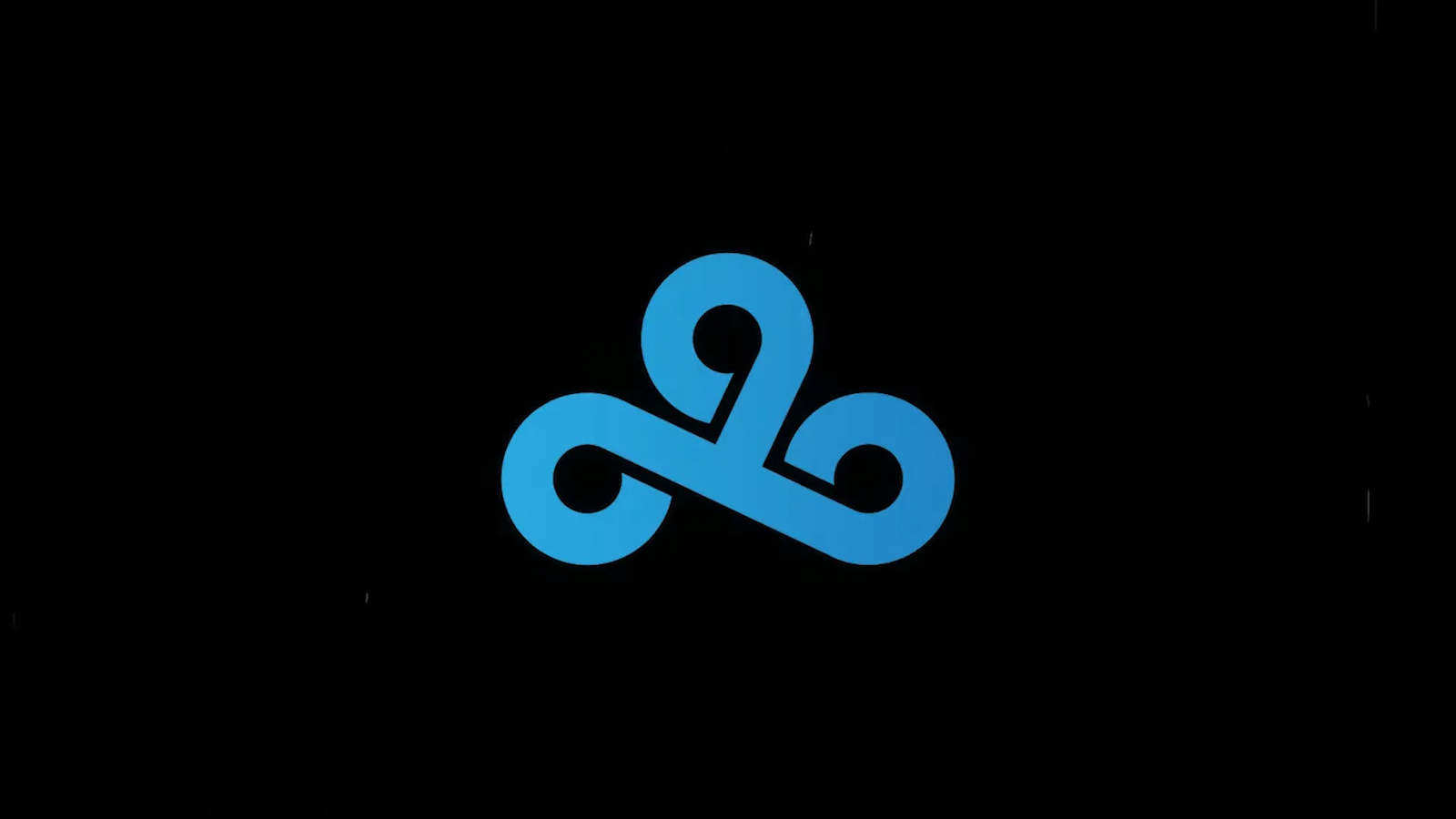

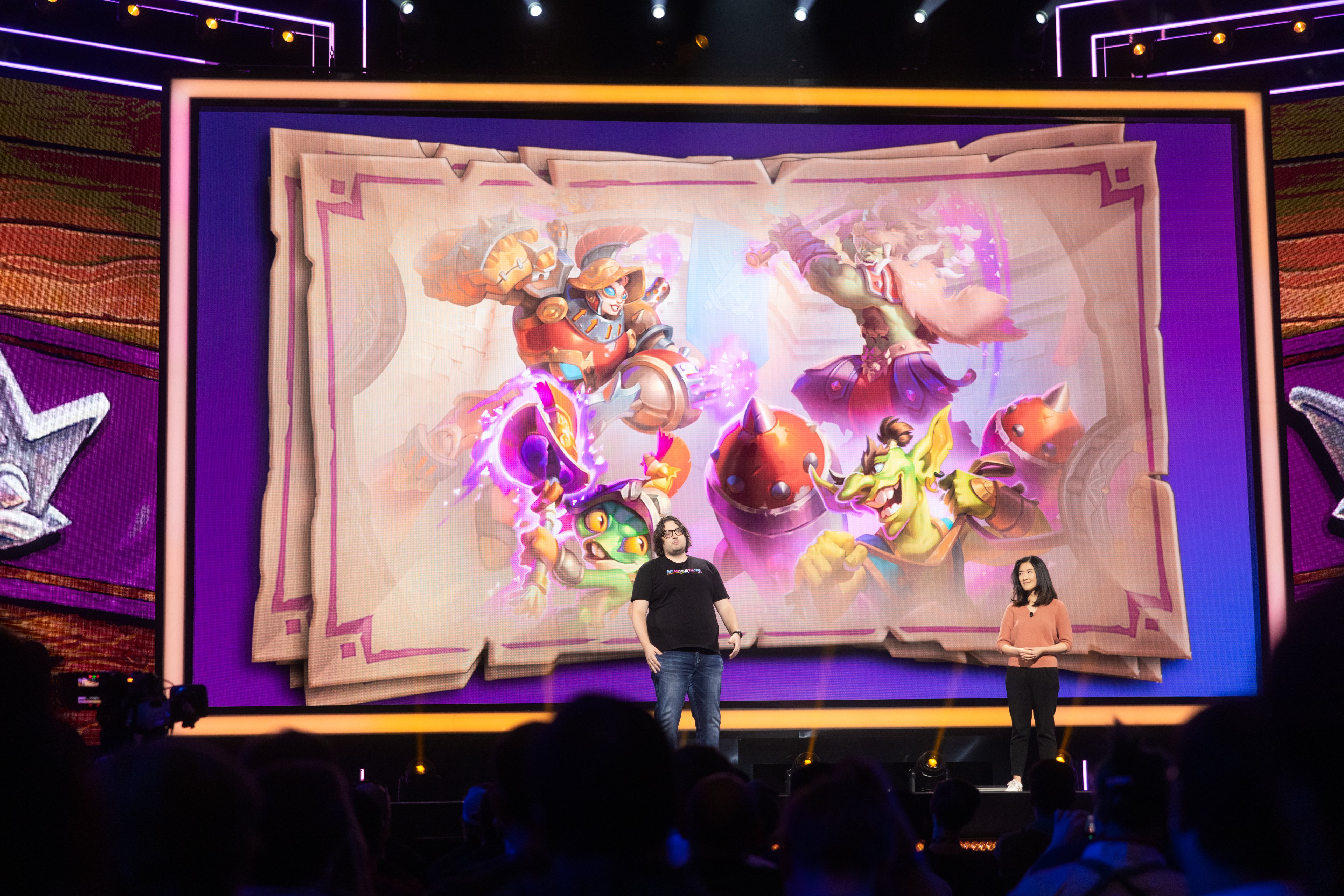
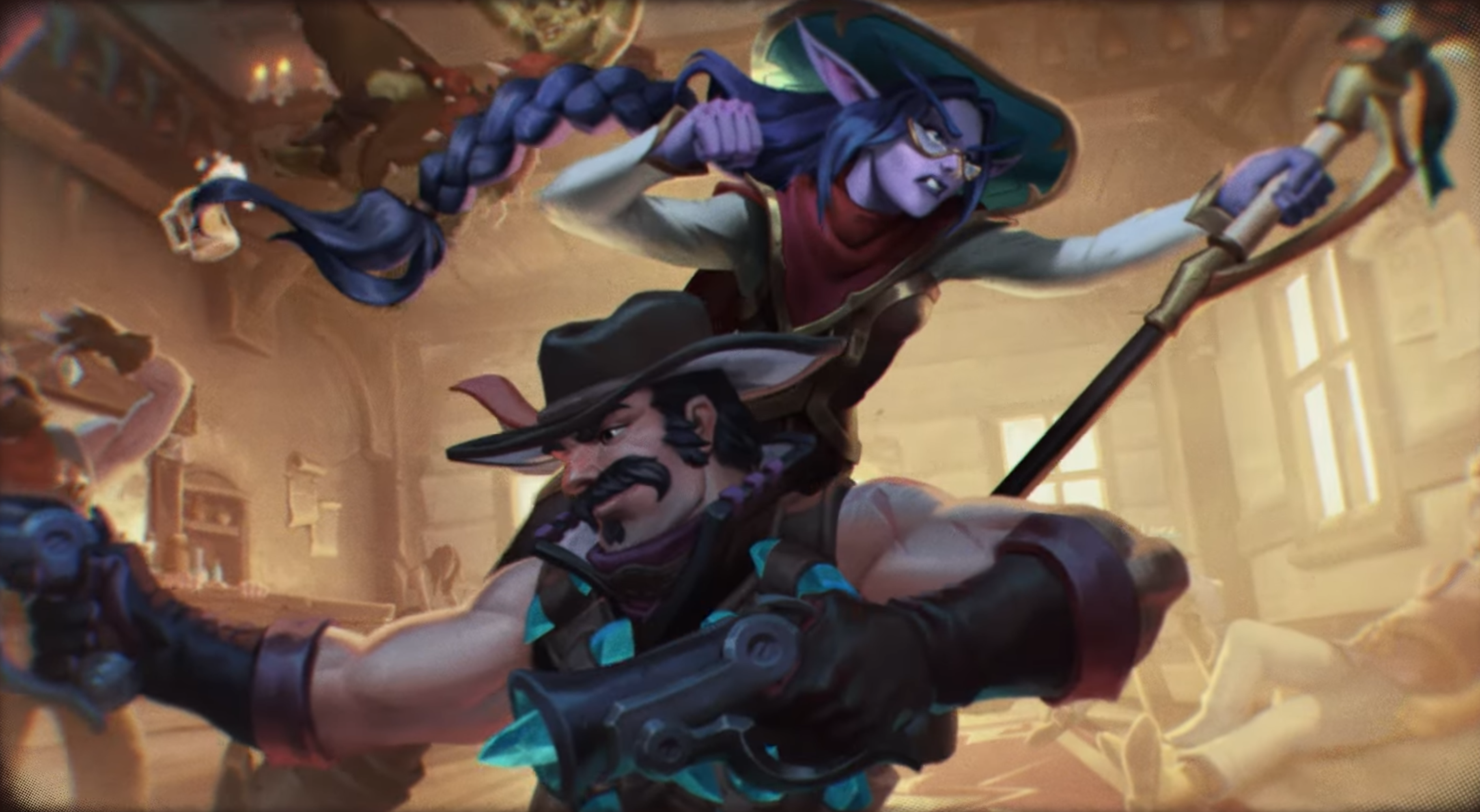
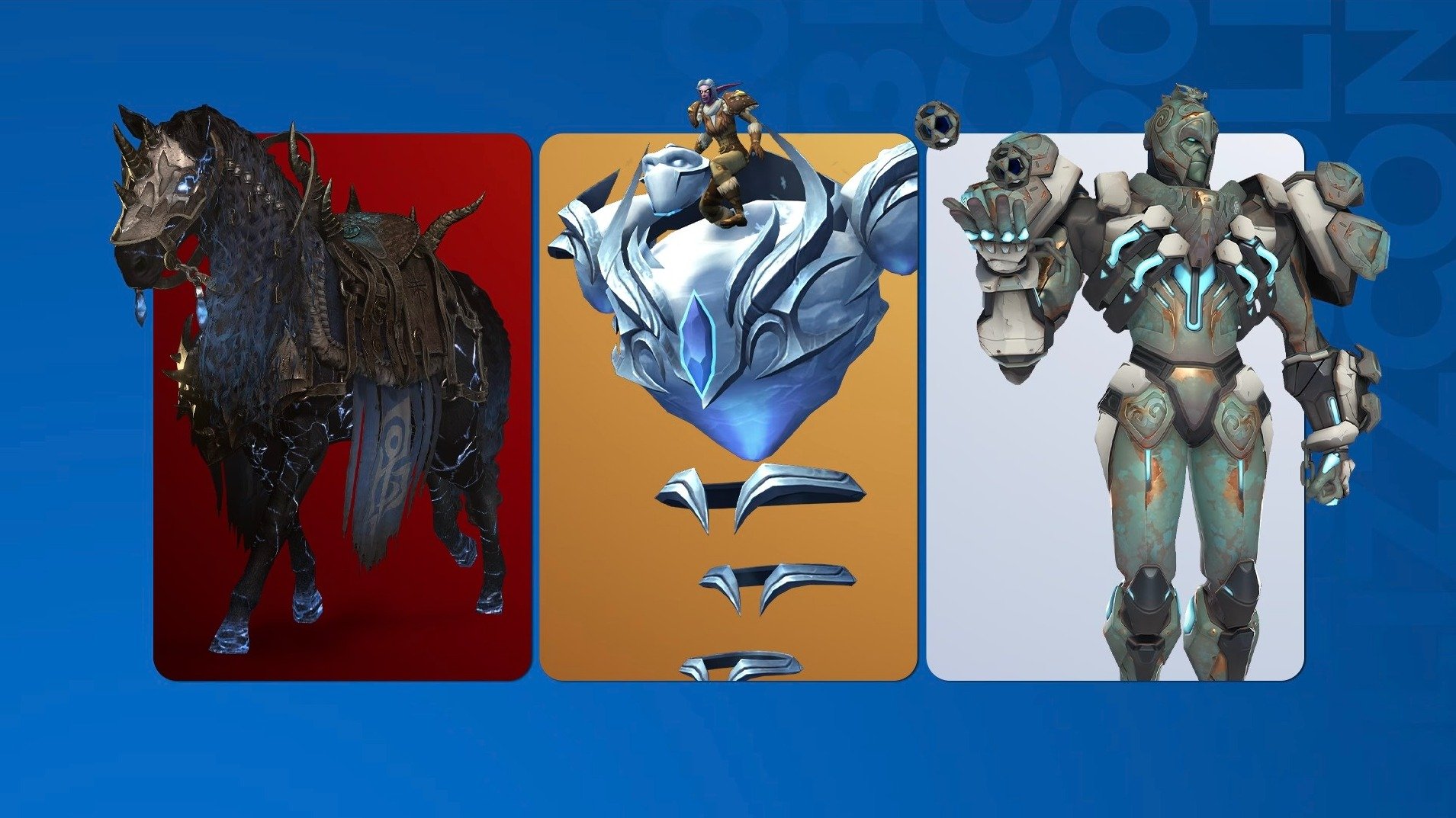
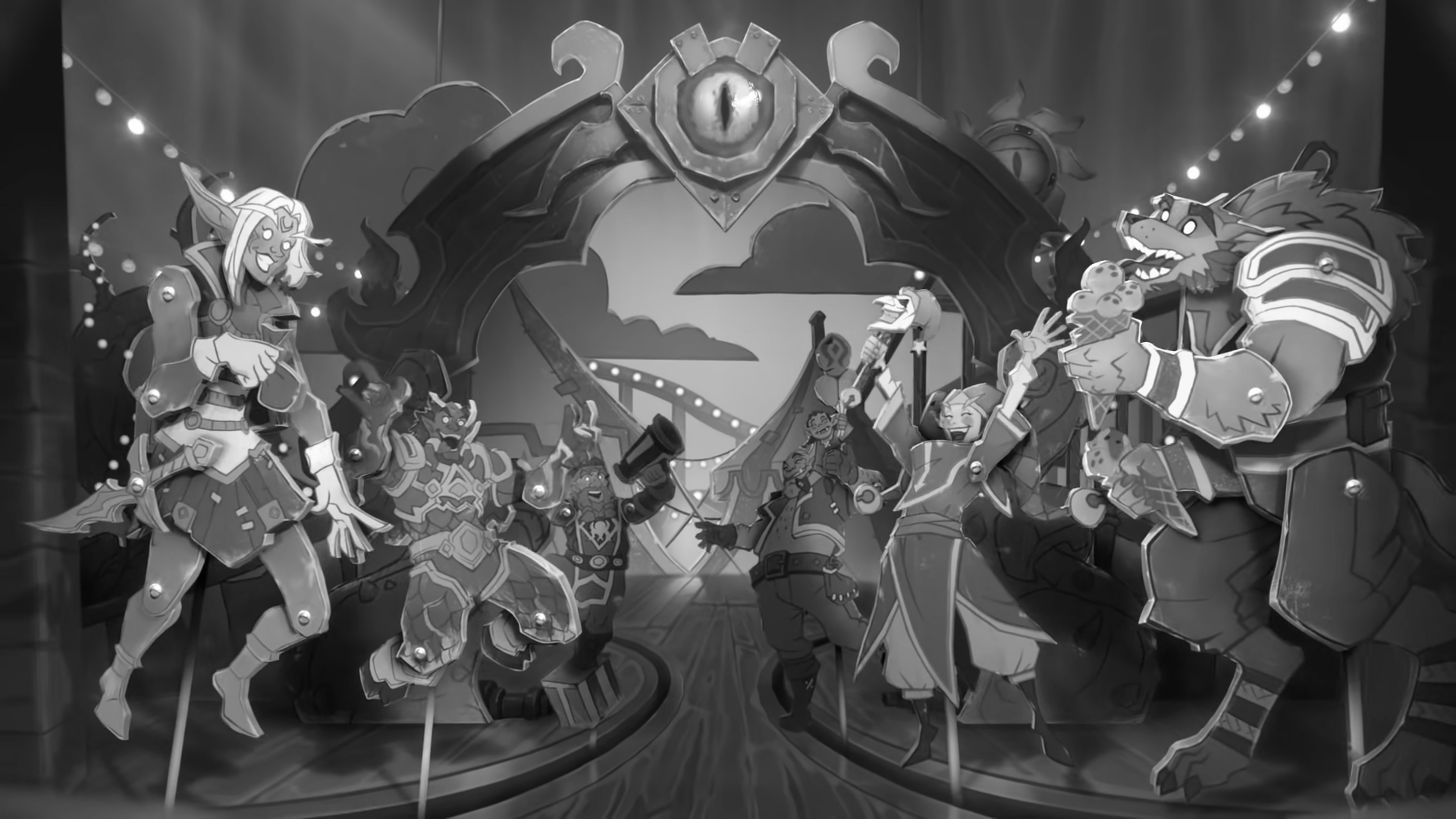
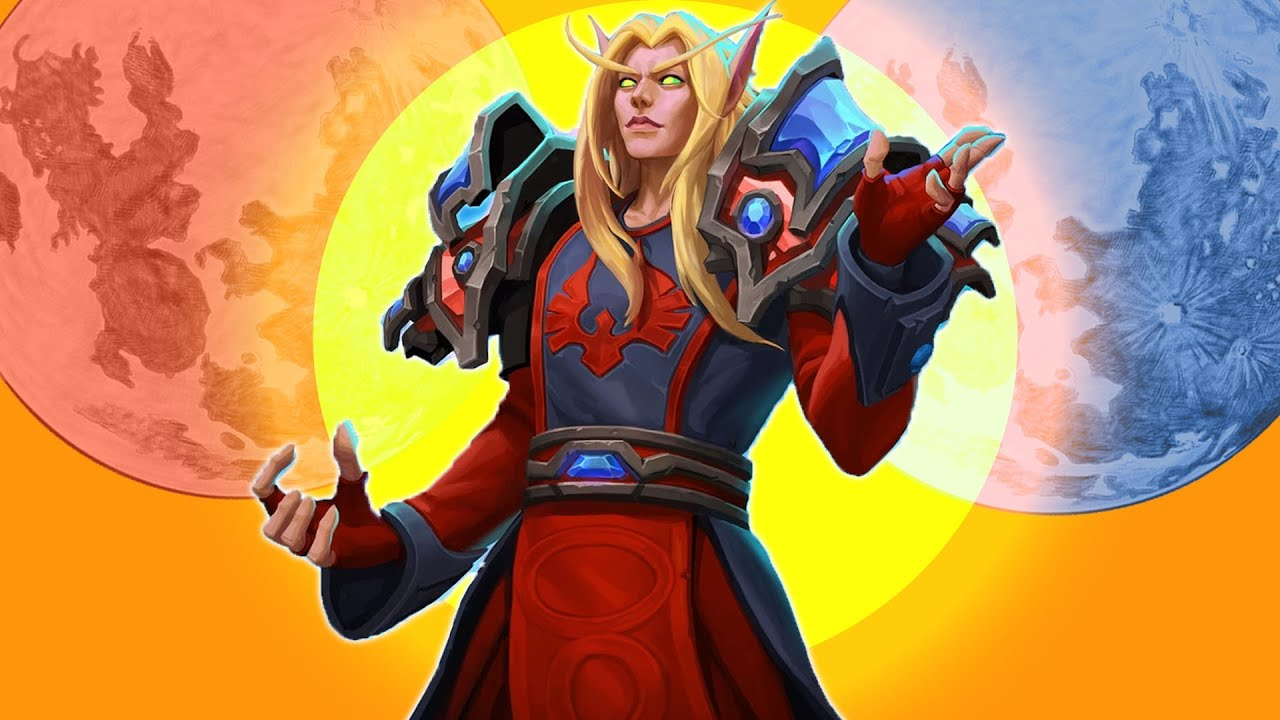
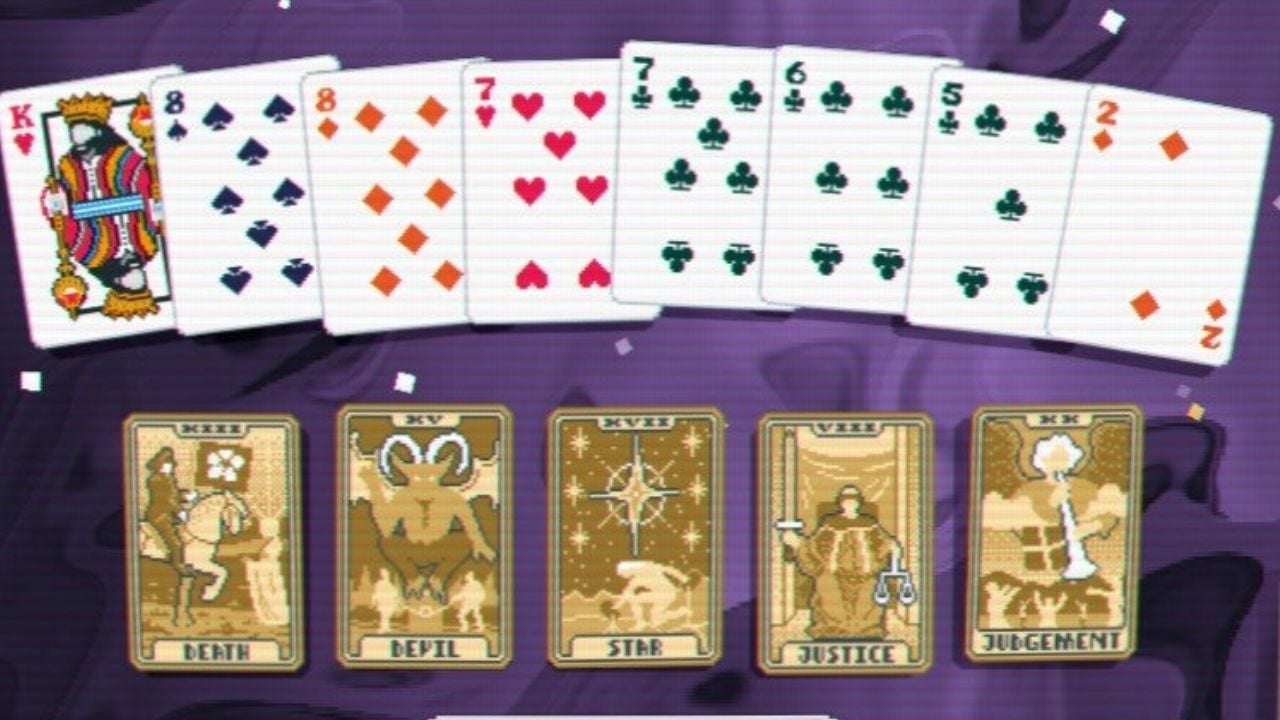
Published: Mar 17, 2015 09:52 am